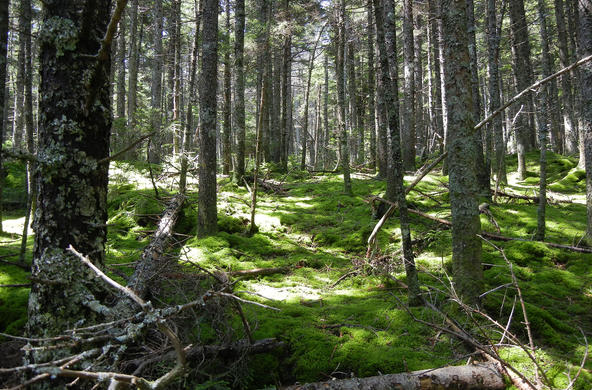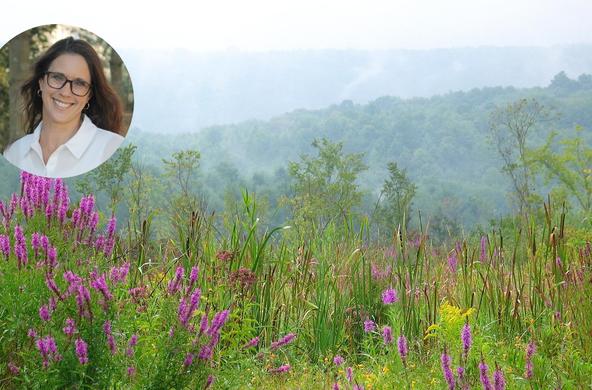I’ve blogged on methane before. After a couple of years’ hiatus, the concentration of methane in the atmosphere resumed its rise, which has nearly tripled the historical concentration in the past couple of hundred years.
Many believe, or would like to believe, that the recent increase is due to increased activity by the oil and gas industry, particularly in fracking. There are often inadvertent or “fugitive” emissions from oil and gas wells that escape to the atmosphere. And based on its radiocarbon (14C) content, something on the order of 20% of atmospheric methane stems from fossil sources, in which this radioactive form of carbon has completely decayed away.
Methane in the atmosphere contains another isotope of carbon, 13C, which is completely stable (non-radioactive) but differs strongly between different sources of methane. The concentration of 13C is expressed in parts-per-thousand-parts, abbreviated ‰ δ13C, in the atmosphere. In the past decade the concentration of 13C, has declined in the atmosphere from -47.2 to -47.4‰ δ13C. This is not a big change, but the direction is what matters.
The decline in δ13C to a more negative value is not compatible with the idea that fossil fuels are the major source of rising methane in the atmosphere. Better sources are wetlands and the belches of cow, which release methane with a δ13C of -60 to -70‰. Mixed into the methane already in the atmosphere, these emissions could account for the observed drop in δ13C of atmospheric methane.
Cattle release about 5% of the carbon they ingest in forage as methane gas. A recent estimate of methane emission from cows, globally, amounts to about 1/3 of the total methane attributed to human activities. The world population of cattle is about 1 billion animals, but it shows no strong trend during the past few years (https://www.statista.com/statistics/263979/global-cattle-population-sin…).
If the methane emissions from cows are not changing dramatically, then the emissions from wetlands and wetland agriculture (rice) may be the most likely source of rising methane concentrations in the atmosphere.
Eating beef may cause a lot of impacts to the environment, but it is not clear that beef cattle can be blamed for the recent rise in methane in Earth’s atmosphere.
References
Charmley, E. and 9 others. 2016. A universal equation to predict methane production of forage-fed cattle in Australia. Animal Production Science 56: 169-180.
Schaefer, H. and 13 others. 2016. A 21st-century shift from fossil fuel to biogenic methane emissions indicated by 13CH4. Science 352: 80-84.
Wolf, J., G.R. Asrar, and T.O. West. 2017. Revised methane emission factors and spatially distributed annual carbon fluxes for global livestock. Carbon Balance Management doi: 10.1186/s13021-017-0084-y







